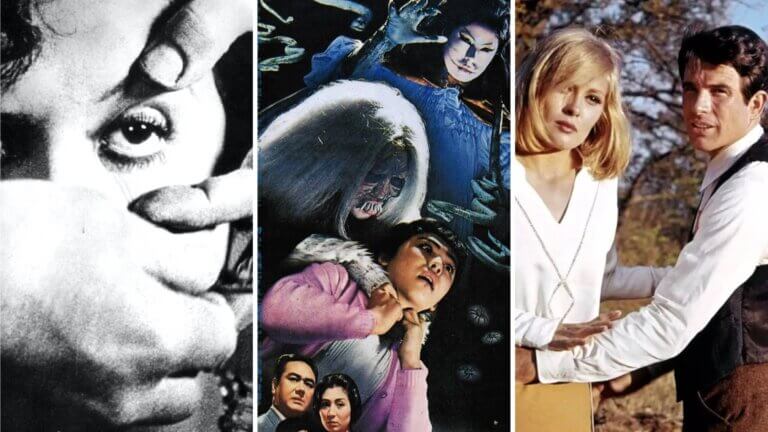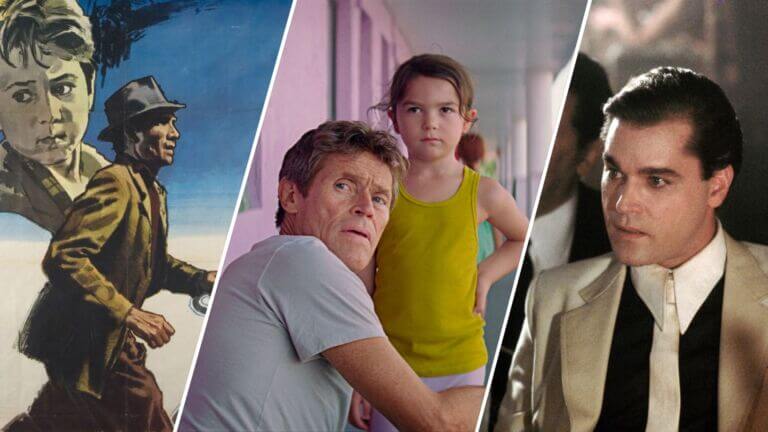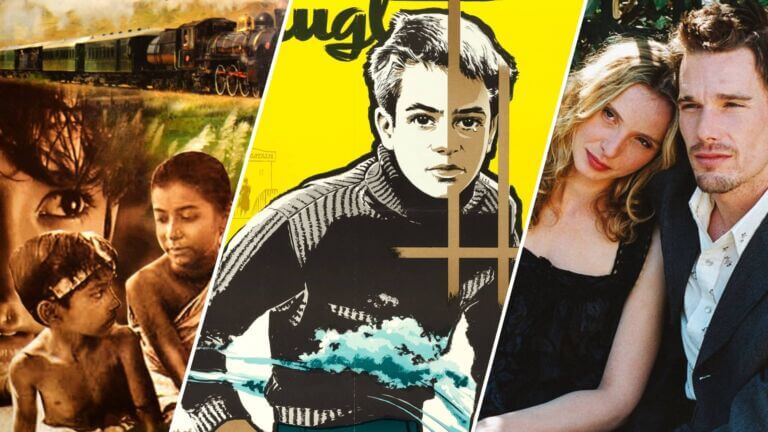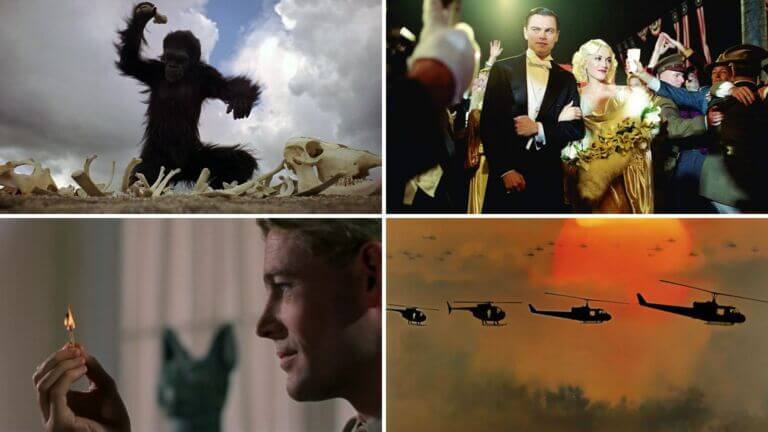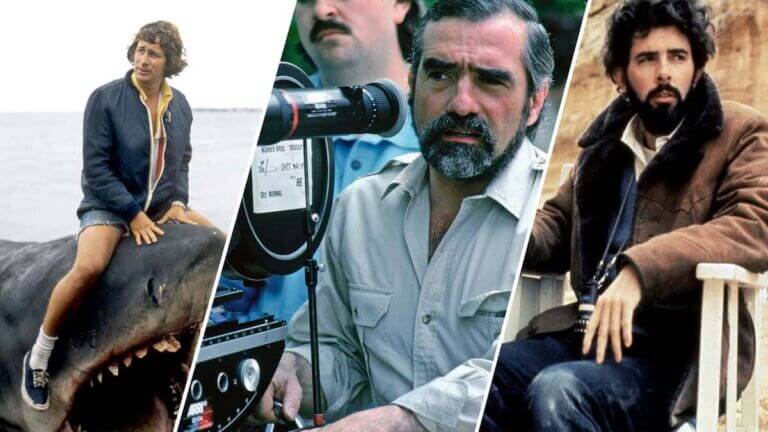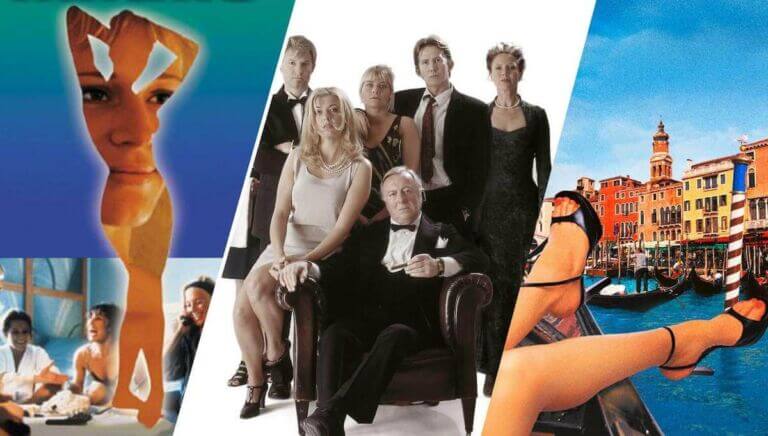Early filmmakers showed the world that a movie director could be an artist. But not every movie director. Because part of auteur theory is knowing how to define auteur directors. Before auteur theory, Directors were important, but the other factors were still more significant. Stars. Studios. Producers.People referred to a 'Clark Gable movie' for example, because in the 1930's stars ruled the day. Auteur theory came in the early 1950's, and it changed all that. It shifted some power away from actors, producers, and studio moguls. It shifted power towards directors. Towards specific types of directors. And it ultimately led…
Motion pictures have enticed and inspired artists, audiences, and critics for more than a century. Today, we’re going to explore the history of film by looking at the major movements that have defined cinema worldwide. We’re also going to explore the technical craft of filmmaking from the persistence of vision to colorization to synchronous sound. By the end, you’ll know all the broad strokes in the history of film.Note: this article doesn’t cover every piece of film history. Some minor movements and technical breakthroughs have been left out – check out the StudioBinder blog for more content.Continue reading The History…
Film has the unique ability to transport us to another place and time completely, if only for a few hours. But the way films do this can vary. Scale, spectacle, and grandiose VFX can allow us to escape into other worlds. But naturalist movies transport us by blurring the lines between film and reality. It attempts to make the brush strokes behind the creation of a film invisible so that we may experience the film as authentically as we experience reality. In this article, we’ll define naturalism and examine its role in cinema.Continue reading Naturalist Movies — Characteristics of Naturalism in…
What is realism in film? We hear the term “realistic” all the time, but how do we know if something is realistic when realism is so subjective? Well, in storytelling, there is an objective way to tell whether or not something is realistic. We’re going to explore what realism is and how it's used in film, with examples from Pather Panchali, the Before Trilogy, and more, but first let’s review where realism began.Continue reading What is Realism in Film? Cinematic Realism Explained
Film cuts are some of the most important elements in all of filmmaking. But what are the different types of cuts in film? And how are they used by editors to create seamless, jarring, or disruptive flows? We’re going to explain the different types of cuts in film with examples from iconic films. By the end, you’ll know why film cuts are important, and how to implement them in your own projects.Continue reading What is a Film Cut — Editing Cuts and Transitions Explained
What is New Hollywood? There’s a scene in Orson Welles’ The Other Side of the Wind that can answer that for us. It shows a group of young directors going to the home of a Hollywood Golden Age titan to express their admiration. This scene shows what the Hollywood New Wave was really about; an unwavering appreciation for Film that inspired these filmmakers to take it in a new direction. Essentially, New Hollywood was American cinema reborn by the Film School Generation.Continue reading What is New Hollywood? The Revolution of 1960s and ‘70s Hollywood
By the 1990’s, filmmakers worldwide were starting to resent the direction that cinema was going in. From Hollywood to Bollywood to nearly every other “wood” in between, big-budget movies were taking over the landscape of film. In response, Danish filmmakers Lars von Trier, Kristian Levring, Soren Kragh-Jacobsen, and Thomas Vinterberg created Dogme 95, a radical film movement that intended to strip cinema of the technical effects that it was becoming reliant on.Continue reading Dogme 95 — Rules, Manifesto and Films of a Radical Experiment

